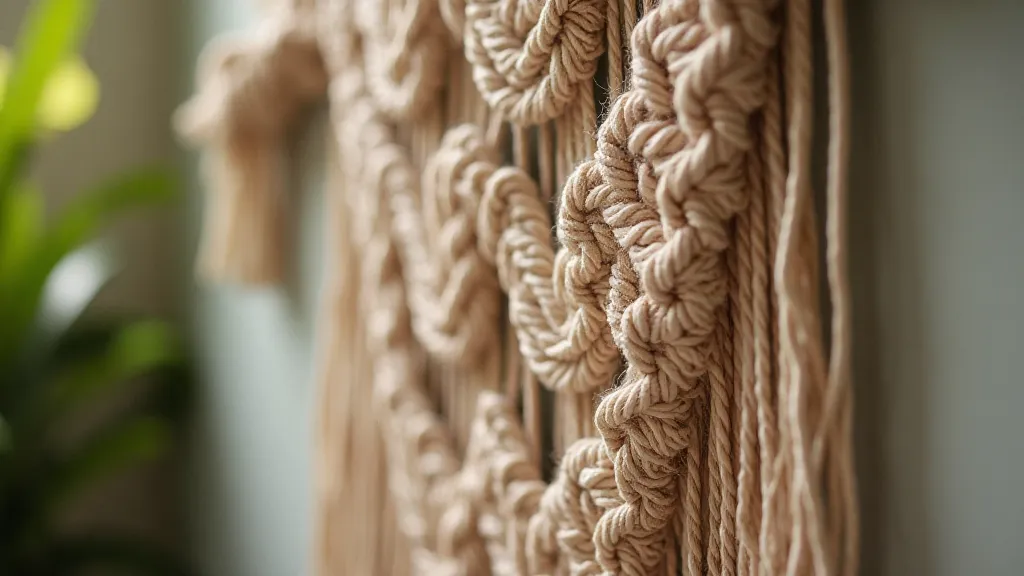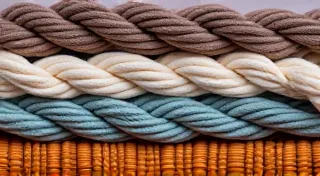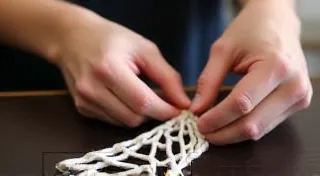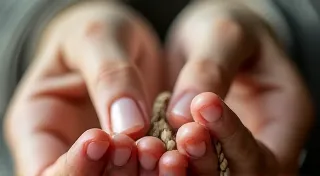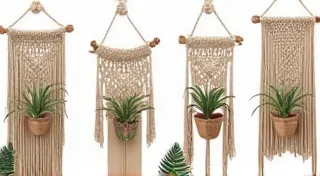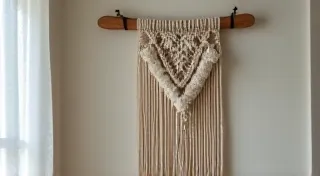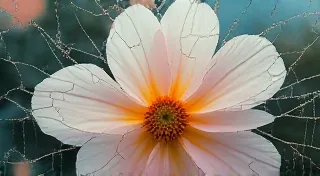The Alchemy of Cord: Transforming Tension into Texture
There’s a peculiar intimacy that develops when working with cord. It’s not the assertive feeling of wielding a chisel or the precise calculation of a spreadsheet. It's something softer, more receptive. I remember my grandfather, a meticulous repairman of antique accordions, his hands calloused and stained with varnish, patiently coaxing life back into faded bellows. He rarely spoke, but his touch… his touch spoke volumes. It was a dance of understanding, of sensing the material’s resistance and yielding to its inherent nature. Macrame, I'm realizing now, is a similar dance. It's not merely about tying knots; it's about listening to the cord, understanding its personality, and transforming tension into texture, creating something tangible from pure potential.
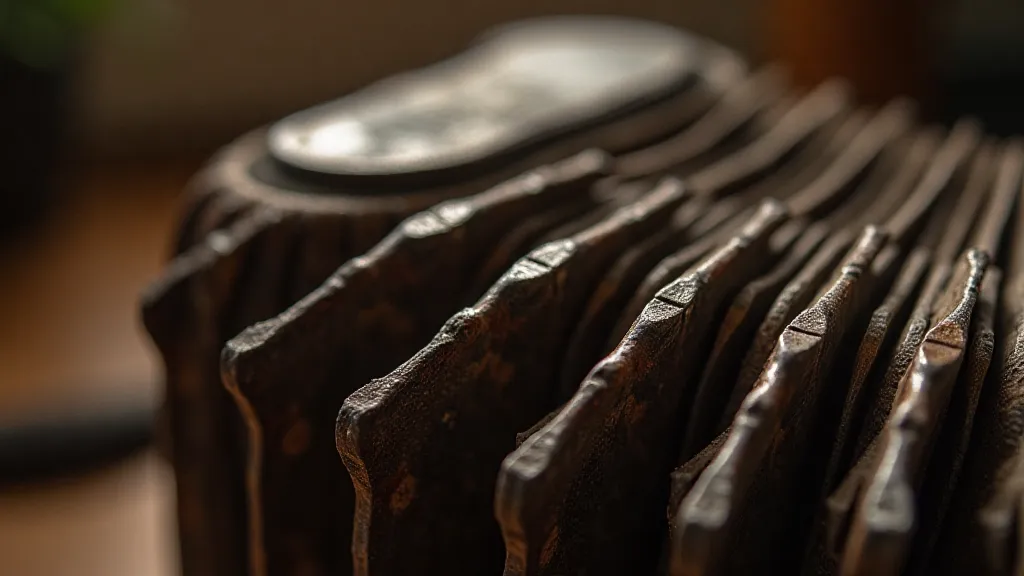
Beyond Knots: Feeling the Cord
Most macrame tutorials focus on the *how* – the step-by-step instructions for the square knot, the half hitch, the lark’s head. And those instructions are vital, of course. But the true magic of macrame lies beyond that repetition. It's in the subtle adjustments, the barely perceptible shifts in tension that shape the final form. Think of the master accordion repairman again. He didn’t just replace a broken reed; he rebuilt the entire mechanism, anticipating the way the air would flow, the way the bellows would expand and contract. Similarly, in macrame, learning the knots is the foundation. The artistry blossoms when you begin to *feel* the cord.
What does that feeling entail? It’s a sensitivity to the way the cord wants to move. Is it stiff and resistant, demanding a firmer pull? Or is it supple and yielding, inviting a gentler touch? Different materials have different temperaments. Cotton is generally more predictable than jute, which can be quite rebellious. Even within the same material, variations in thickness and aging affect its behavior. An older, softened cotton cord will drape differently than a brand new spool.
The Nuances of Tension: Visual Weight and Form
Tension isn’t just about avoiding a sloppy knot. It's the single most important factor in controlling the visual weight and overall form of your macrame piece. Too much tension and your work will become stiff and compact, a flat plane devoid of depth. Too little tension and it will droop and sag, losing its structure and definition. It's a delicate balancing act, and it requires constant observation and adjustment.
Consider a simple wall hanging. Each square knot, seemingly identical, is a unique moment of tension. If you consistently pull tighter on the left side of each knot, the entire piece will lean slightly to the right. If you alternate tight and loose pulls, you’re creating a subtle rhythm of texture, a visual ebb and flow that adds dynamism and interest. These small variations, almost imperceptible at first glance, accumulate over time, shaping the final form into something far more complex than the sum of its parts. It’s like the subtle shifts in pressure my grandfather would apply when aligning the keys of an accordion – each adjustment bringing the mechanism closer to perfect harmony. This understanding of balance and form is key, and mastering foundational knots is the first step. If you’re just starting out, you may find our guide to 5 Essential Macrame Knots Every Beginner Should Master incredibly helpful in building that base.
Exploring Basic Knotting Techniques - A Gentle Start
Let’s briefly revisit some foundational knots, but with a renewed focus on tension. The square knot is your workhorse. Master it, not just for its execution, but for the feel of the cord as you tighten it. Feel how the strands twist around each other, how the knot subtly compresses the space between them. Experiment with slightly different tensions – a little tighter, a little looser – and observe the impact on the overall appearance.
The half hitch, often used as a decorative element, is equally sensitive to tension. A tighter half hitch creates a more defined, almost sculpted effect. A looser half hitch flows more freely, adding a sense of lightness and movement. And the lark's head, used for attaching cords to a base, allows for incredible control over drape and angle. Observe how even a subtle shift in the initial angle of the cord can dramatically alter the final effect.
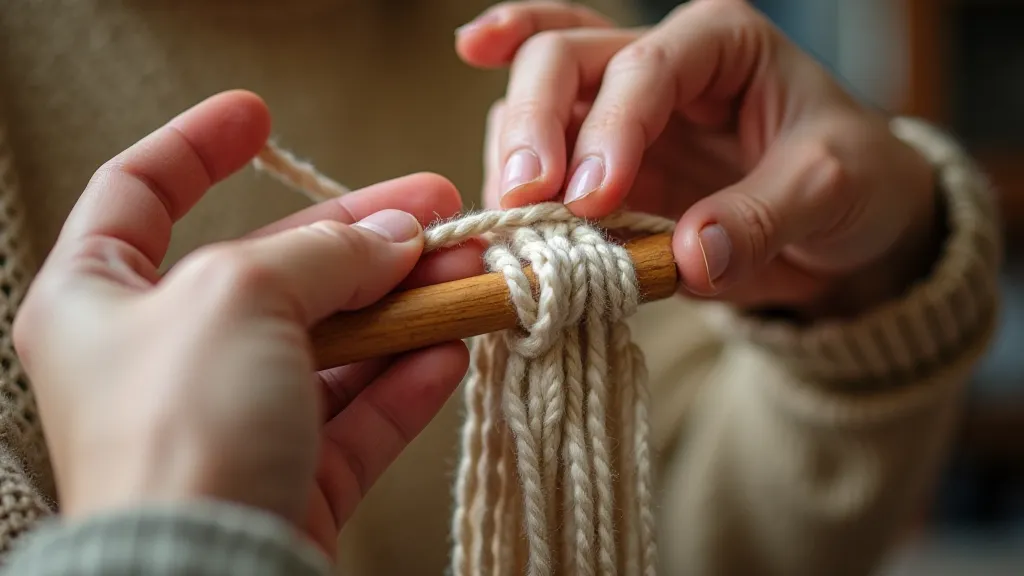
The Language of Material: Cord Types and Their Personalities
The feel of the cord isn’s just about personal preference. It's inextricably linked to the material itself. Cotton cord, especially recycled varieties, tends to be softer and more pliable, ideal for beginners. Jute, with its rustic charm, offers a more challenging but ultimately rewarding experience. Hemp is strong and durable, but can be stiff and unwieldy. Synthetic cords, like nylon or polypropylene, offer different properties altogether – often being more resistant to stretching and fading.
Consider the accordion repairman's selection of materials – leather, felt, wood, metal. Each had its own unique properties, its own response to pressure and heat. Understanding those properties was essential for bringing the instrument back to life. Similarly, understanding the personality of your cord will help you anticipate its behavior and create more expressive macrame pieces. Sometimes, even with careful planning, unexpected issues can arise with tension. If you find yourself struggling to achieve the desired effect, exploring resources for Troubleshooting Common Macrame Tension Issues can be a valuable step towards refinement.
Beyond the Tutorial: Cultivating a Deeper Connection
True mastery in any craft comes not from blindly following instructions, but from developing a deeper connection to the materials and the process. Spend time simply *holding* the cord, feeling its texture, observing how it drapes. Experiment with different knotting techniques, not just to create something beautiful, but to understand the nuances of tension and its impact on the final form. Delving into the history and cultural significance of knotting can also enrich the experience, revealing layers of meaning beyond the purely technical.
The rhythmic repetition of knotting can be incredibly meditative, a chance to quiet the mind and connect with the present moment. Just as my grandfather found solace in the meticulous repair of antique accordions, you too can find a sense of calm and focus in the simple act of tying knots. It's a dance, a conversation between your hands, the cord, and your own creative spirit. And with each knot, you’re not just creating a piece of macrame; you’re transforming tension into texture, and unlocking a deeper connection to the art of making. This is more than just a craft; it's a pathway to understanding the principles of design and the beauty of imperfection, concepts often explored in the broader context of weaving traditions and their role in cultural narratives. Consider the possibilities – from creating intricate wall hangings to designing functional macrame plant holders, the potential for creative expression is truly limitless.
Weaving Narrative Through Macrame: Beyond the Knot
The act of macrame, at its core, is a form of storytelling. Each knot, each variation in tension, contributes to the overall narrative of the piece. Just as a painter chooses colors to evoke a certain mood or a writer selects words to create a specific effect, a macrame artist manipulates cord to convey emotion and meaning. The deliberate use of negative space, the strategic placement of knots, and the careful selection of materials all contribute to the storytelling process.
Think about the subtle shifts in tension within a piece. A tighter knot might represent a moment of stress or constraint, while a looser knot could symbolize freedom or release. The interplay between these contrasting elements creates a dynamic and engaging visual experience for the viewer. It’s not just about creating a beautiful object; it’s about crafting an experience, inviting the viewer to engage with the work on a deeper, more emotional level. This concept extends to the larger realm of textile arts, where patterns and textures are often used to encode cultural information or personal narratives.
Further enriching your understanding of this intricate connection can be achieved by exploring other weaving traditions. Examining the intentional use of absence and its impact on the final form can open entirely new avenues for creative exploration, as exemplified in the thoughtful approach detailed in The Geometry of Absence: Macrame Patterns as Blank Canvas for Narrative. This resource provides a deep dive into how patterns can be used not just for visual appeal, but also as vehicles for storytelling and meaning-making.
